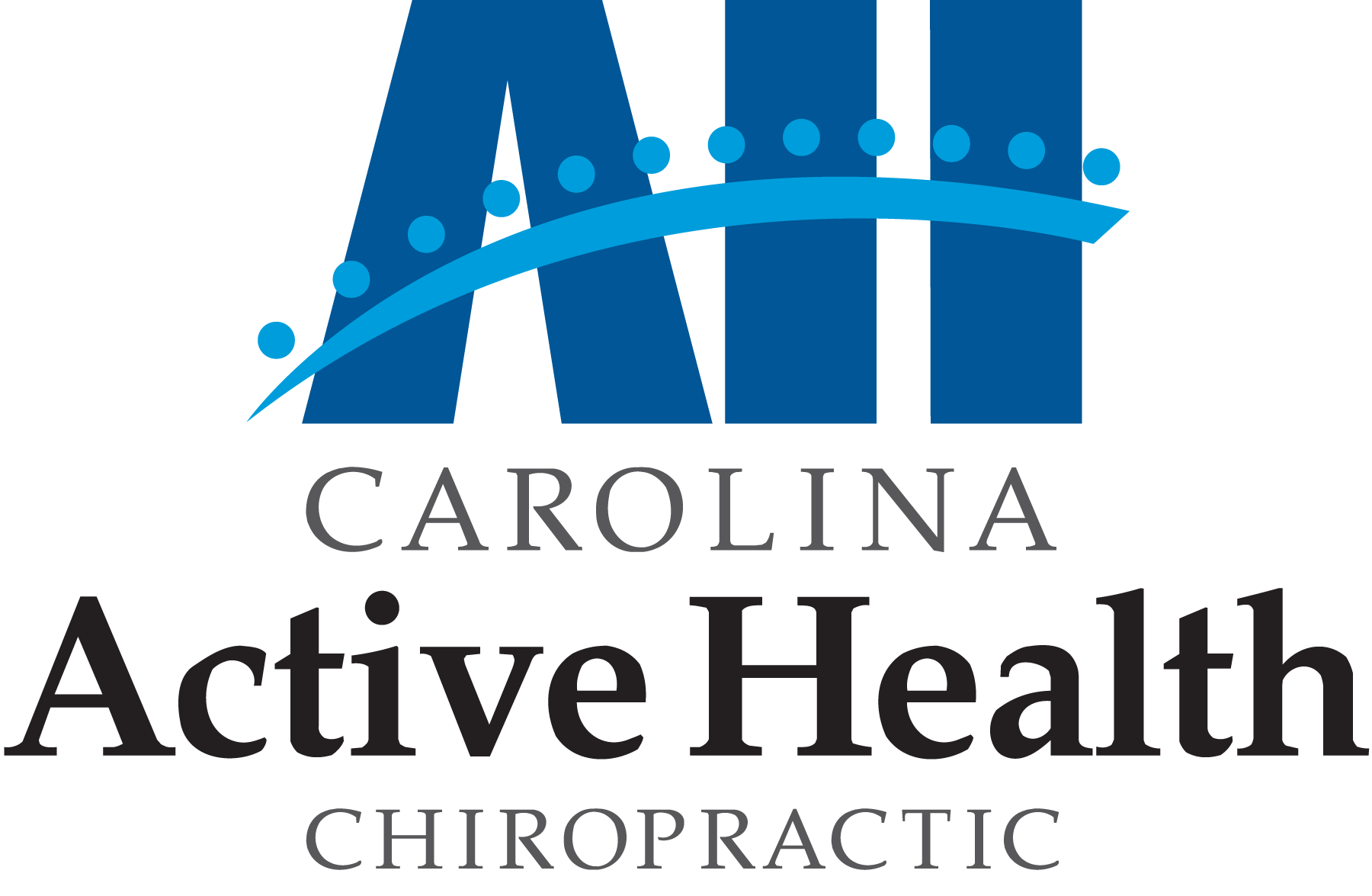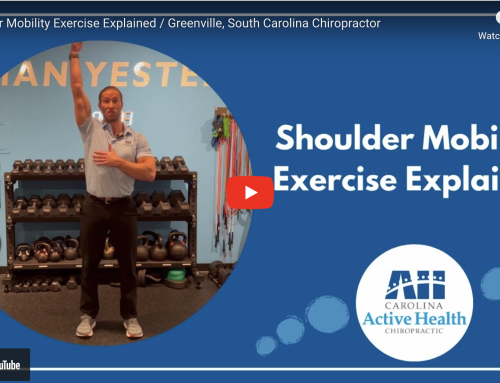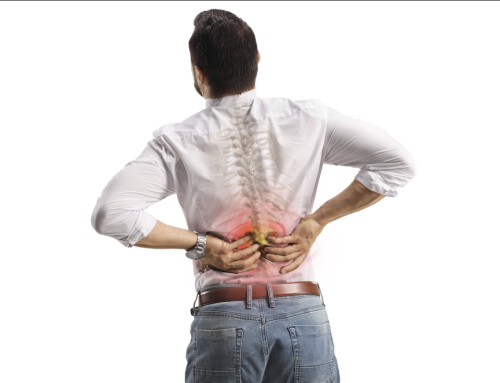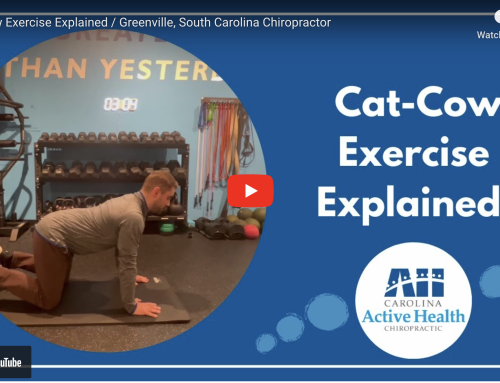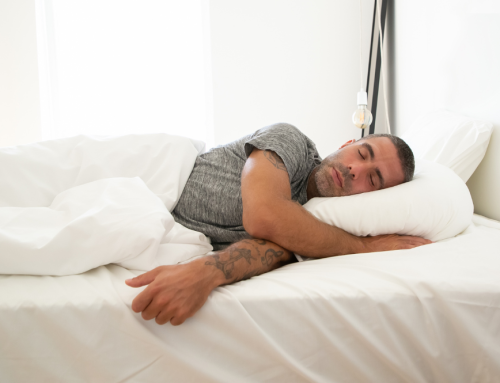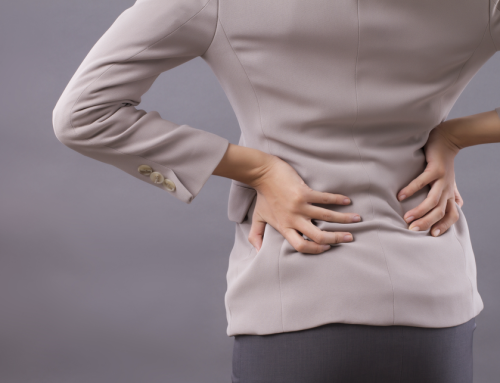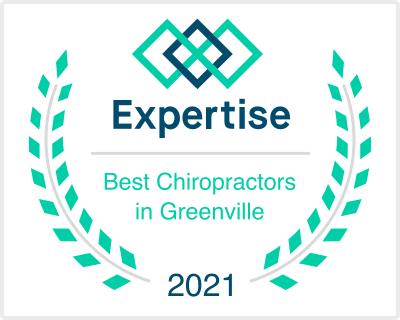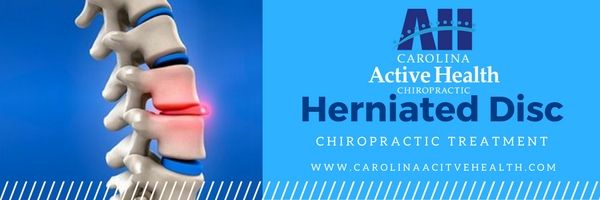
The Straw That Broke the Camel’s Back
Your discs are made up of the “annulus fibrosus” which is the tough outer layer made of collagen, and the “nucleus pulposus,” which contains a soft, gelatin-like center which acts as a cushion. Imagine the annulus fibrosus as a donut and the nucleus pulposus as the jelly filling. If you were to squeeze the donut the jelly filling would begin to spill out, this is a simplistic way of looking at a herniated disc, but an accurate display. When cracks occur in the outer layer of the disc, the material inside of the disc can begin to protrude out and put pressure on nerves stemming from the spinal cord. Additionally, inflammation from this process can affect the exiting nerve root. Numerous factors can cause a disc to herniate.
-
Arm or leg pain. If your herniated disk is in your lower back, you’ll typically feel the most intense pain in your buttocks, thigh and calf. It may also involve part of the foot. If your herniated disk is in your neck, the pain will typically be most intense in the shoulder and arm. This pain may shoot into your arm or leg when you cough, sneeze or move your spine into certain positions. (Mayo Clinic 2015)
-
Numbness or tingling. People who have a herniated disk often experience numbness or tingling in the body part served by the affected nerves. (Mayo Clinic 2015)
-
Weakness. Muscles served by the affected nerves tend to weaken. This may cause you to stumble, or impair your ability to lift or hold items. (Mayo Clinic 2015)
There is no one-size-fits-all treatment for a herniated disc, each patient’s treatment plan should be individualized based on the source of the pain, the severity of the herniation and resulting pain. Our doctors contour each patient’s treatment to the individual needs of the patient. A combination of chiropractic adjustments and therapeutic exercises
Initially, the doctor may recommend cold/heat therapy. During the first 24 to 48 hours after an injury, cold therapy can help reduce swelling, muscle spasm, and pain by reducing blood flow. However, after the first 48 hours only heath therapy is recommended. Heat increases blood flow to warm and relax soft tissues. Increased blood flow helps to flush away toxins that may accumulate in tissues as a result of muscle spasm and disc injury. Never apply ice or heat directly to skin; instead, wrap the cold or heat source in a thick towel for no longer than 15-20 minutes at a time.
Flexion and distraction is a technique that is an effective treatment for disc herniation. This non-invasive technique reduces the pressure on spinal nerves from the herniation while increasing spinal motion. The gentle pumping rhythm of Flexion Distraction enables the spinal disc to be placed under negative pressure, causing a vacuum effect within it. Because of this negative pressure, disc material that has protruded or herniated can be pulled back within the normal confines of the disc, and permit healing to occur. This technique can help move the disc away from the nerve, reducing inflammation of the nerve root, and eventually any associated pain, pins and needles, numbness or weakness of the leg (that may be related to your herniated disc).
Neural Flossing or Nerve Flossing is a technique also commonly used with herniated discs. Nerve flossing refers to a specific technique or exercise that restores normal motion between a nerve and the surrounding soft-tissues. We analyze and determine what specific nerve that we need to address and proceed with a very specific nerve flossing protocol. This technique helps to alleviate these agitated and hypersensitive peripheral nerves and central nerves. These nerves are most likely partially responsible for some of numbness/tingling sensation that is commonly related to disc hernations.
These are just a few of the many techniques that we use to customize a treatment plan for each individual patient. If you or someone you know are experiencing any symptoms similar to these or have been diagnosed with a disc herniation, don’t spend another day suffering! Give us a call (864) 881-2242 and let us get you back to your best self!
